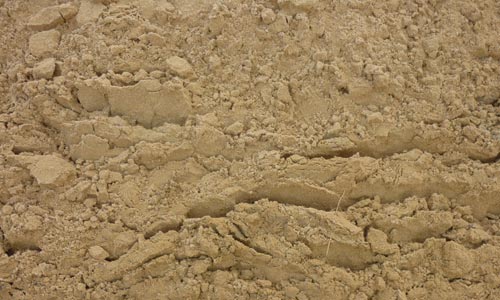
Premium quality
products

Quicker than
hiring a skip

No waste
permits required

Same day /
next day delivery

Premium quality
products

Quicker than
hiring a skip

No waste
permits required

Same day /
next day delivery
Also known as soft sand, building sand is a widely used material in construction due to its multi-functional properties. Primarily used in bricklaying, sand can be used for other applications such as pointing, rendering and bedding pond liners. At DGR, our high quality building sand meets the requirements of construction industry projects, is odour free and easy to use.

Please complete our contact form or call the office to get a quote on any of our aggregate supplies.
Contact UsFrequently asked Building Sand questions:
The sand that we use, is what you might call ‘marine sand’. It’s the sand we see at the bottom of the riverbeds, making up our beaches and lying across lake and ocean floors.
Builders sand is made up from small particles of decomposed rock (silica quartz), coral, minerals and shell and has been carefully crafted over 25 thousand years. Of course, the exact composition will vary depending on local rock sources and conditions during the formation of the pebbles.
The result, to the end user, however, is soft, angular sand that interlocks perfectly, like pieces of a puzzle. So, the next time you visit the beach, it is well worth pondering the journey on which the sand beneath your feet has travelled!
There are many mathematical equations you can use to work out how much building sand is required for your construction project, but on average you’ll need 0.6 cubic metres of sand (1 tonne) + 6 – 8 bags of cement (depending on the mix strength required) to lay 1000 bricks.
It is always best to use a sand calculator (many of which can be found online) although the results will only be as good as the measurements entered.
As a rough guide, you need 60 bricks for each square metre of single skin wall, but this is dependent on the strength of mixture and whether you are allowing for perforations or holes. We would recommend buying 5% more sand than estimated, so that you do not run short of what you need to complete your project.
Builders sand is generally used to provide bulk and strength to construction materials like asphalt and concrete. As building sand is so soft it is suitable for bricklaying, pointing applications, plastering and general building usage.
In order to make plastering sand, all the particles are cleaned and washed in order to take out the salt, silt and clay content. Most people prefer to use plastering sand over builders sand for rendering as there is less shrinkage and cracking once it has dried.
Also known as ‘grit sand’ or ‘concrete sand’, sharp sand is coarser than builders sand thanks to its larger particles.
Having a larger grain size means sharp sand is slightly heavier, giving the mortar more strength yet making it less flexible to work with.
Most people use sharp sand over builders sand for floor screeds, fine concrete work and laying paving courses. In addition, sharp sand can also be used as a top dressing for lawns, as it provides good drainage.
